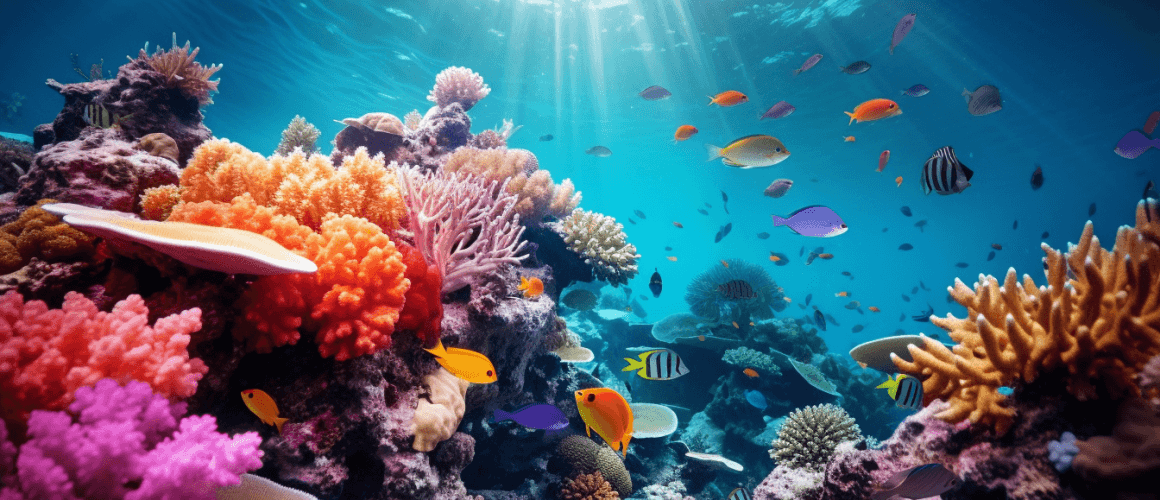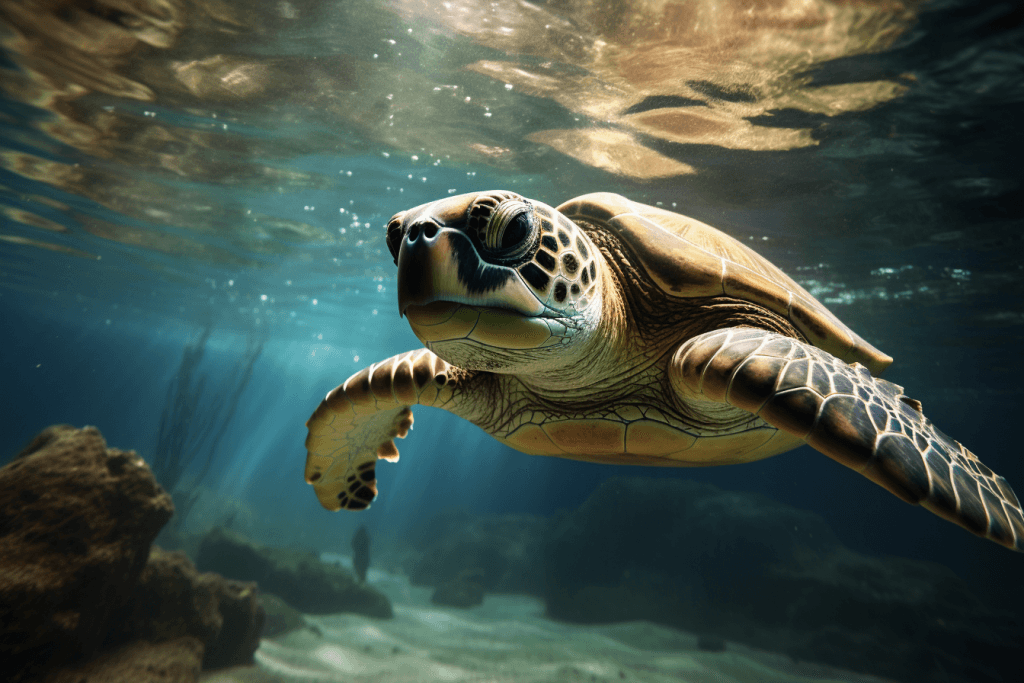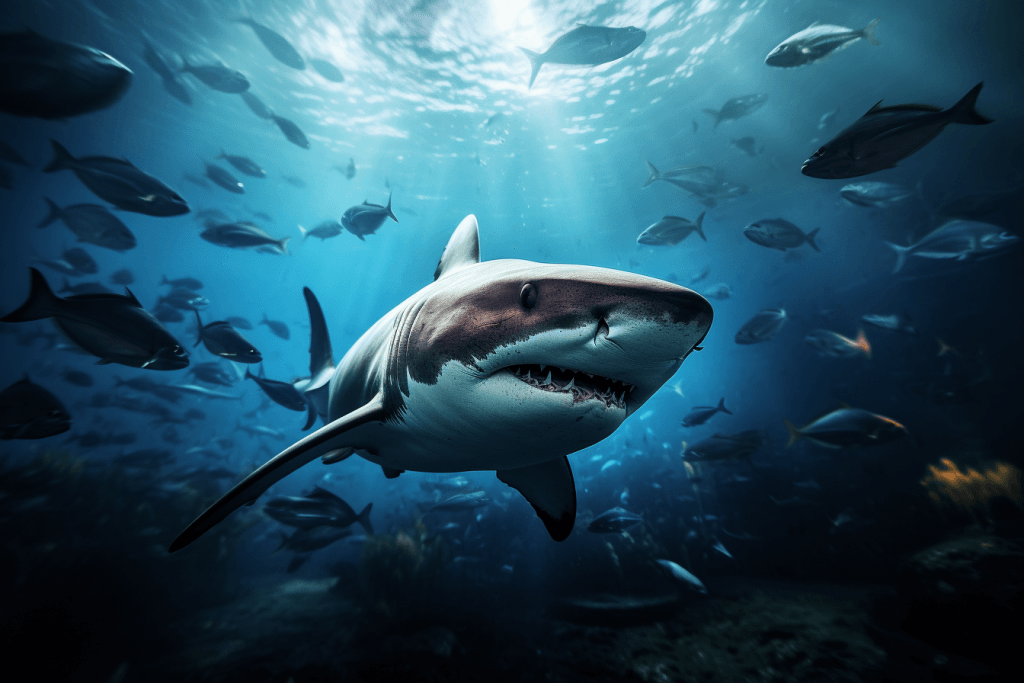Best ways to take underwater photography
Capturing the best underwater photography can offer an exhilarating and fulfilling experience. However, it calls for specialized equipment and techniques to ensure stunning results. Here are some valuable tips to help you achieve the finest underwater photography: You may also want to reproduce some images on acrylic canvas or metal prints after your shoot. Create real art from your photos.
The basics
- Use the Right Equipment:
- Waterproof Camera: Invest in a waterproof camera or an underwater housing for your existing camera. Underwater housings provide protection for your camera and allow you to use your preferred camera model underwater.
- Learn to Swim and Dive:
- If you plan to take photos in deeper waters, it’s essential to be a confident swimmer and have the necessary diving skills. Consider taking scuba diving courses if you’re not already certified.
- Know Your Environment:
- Research the underwater environment you’ll be shooting in. Understand the water conditions, temperature, visibility, and the marine life you might encounter. This knowledge will help you prepare and anticipate challenges.
- Practice Buoyancy Control:
- Achieving proper buoyancy control is crucial to staying stable underwater. Practice your buoyancy skills to prevent accidental contact with fragile marine life or the seafloor.
- Use Natural Light:
- Natural light can produce stunning underwater photos. Stay close to the water’s surface when shooting, as this is where the most natural light is available. Avoid using a flash or strobe unless necessary, as it can produce backscatter (unwanted reflections from particles in the water).
- Get Close and Low:
- Water absorbs light and reduces visibility, so get as close as possible to your subject without disturbing it. Shooting from a lower angle can create a more dynamic and captivating composition.
- Use a Fast Shutter Speed:
- Due to the movement of water and your own body, use a fast shutter speed to freeze the action and avoid blurry photos. A shutter speed of 1/125 to 1/250 or faster is recommended.
- Maintain Proper White Balance:
- Adjust your camera’s white balance settings to account for the blue or green tint of underwater environments. Most cameras have underwater presets or custom white balance options.
- Choose the Right Lens:
- Select the appropriate lens for your subject and shooting conditions. Wide-angle lenses are ideal for capturing expansive underwater scenes, while macro lenses are great for close-up shots of small marine life.
- Shoot in RAW:
- Shooting in RAW format gives you more flexibility in post-processing, allowing you to adjust exposure, white balance, and colors during editing.
- Practice Patience:
- Underwater photography often requires waiting for the perfect moment. Be patient and observe the behavior of marine life to capture the most captivating shots.
- Respect Marine Life and the Environment:
- Avoid touching or disturbing marine life and coral reefs. Be aware of your surroundings and follow ethical guidelines to protect the underwater environment.
- Edit and Post-Process:
- After your dive, edit your photos to enhance colors, contrast, and clarity. Software like Adobe Lightroom or Photoshop can help you achieve the desired results.
- Share Your Experiences:
- Share your underwater photos with others to raise awareness about marine conservation and the beauty of the underwater world.
Remember that underwater photography takes time to master, so be patient and keep practicing to improve your skills and capture breathtaking images beneath the surface
Locations
There are countless amazing underwater photography destinations around the world, each offering unique experiences and opportunities to capture stunning underwater images. The best area for underwater photos often depends on your interests, experience level, and the type of marine life and environments you want to photograph. Here are some top underwater photography destinations across the globe:
- The Great Barrier Reef, Australia:
- Known for its incredible biodiversity, the Great Barrier Reef is a mecca for underwater photographers. You can capture vibrant coral formations, a wide variety of fish species, and even larger marine creatures like sharks and manta rays.
- Raja Ampat, Indonesia:
- Raja Ampat is part of the Coral Triangle, which boasts the highest marine biodiversity in the world. The region offers stunning coral gardens, unique critters, and the chance to photograph reef sharks and other pelagic species.
- Palau, Micronesia:
- Palau is famous for its pristine waters, WWII wrecks, and stunning rock formations. You can capture dramatic underwater landscapes, diverse marine life, and even swim with jellyfish in Jellyfish Lake.
- Galápagos Islands, Ecuador:
- The Galápagos Islands are a UNESCO World Heritage site known for their unique wildlife, including marine iguanas, sea lions, and hammerhead sharks. It’s a fantastic destination for both wide-angle and macro photography.
- Komodo, Indonesia:
- Komodo National Park is renowned for its incredible biodiversity and strong currents. Photographers can capture everything from colorful coral gardens to large pelagic species like Komodo dragons and manta rays.
- Bonaire, Caribbean:
- Bonaire is a popular destination for macro photography, offering excellent visibility and a rich diversity of small marine life like seahorses, nudibranchs, and blennies.
- Cozumel, Mexico:
- Cozumel is known for its crystal-clear waters and vibrant coral reefs. You can capture colorful coral formations and a variety of fish species, including nurse sharks.
- Mabul and Sipadan, Malaysia:
- These Malaysian islands are famous for their underwater macro photography opportunities, particularly for capturing small critters like pygmy seahorses and flamboyant cuttlefish.
- Red Sea, Egypt:
- The Red Sea offers some of the world’s best wreck diving, with opportunities to photograph historic shipwrecks like the SS Thistlegorm. It also features vibrant coral reefs and diverse marine life.
- Maldives:
- The Maldives is known for its luxury resorts and overwater bungalows, but it’s also a fantastic destination for underwater photography. You can capture stunning coral atolls, large pelagic species, and colorful reef fish.
Remember to research the specific dive sites and seasons for each destination, as conditions and marine life can vary throughout the year. Additionally, consider your own skill level and comfort in various diving conditions when choosing the best area for your underwater photography adventures.
Equipment :
- GoPro HERO9 Black:
- The GoPro HERO9 Black is a compact action camera known for its excellent underwater capabilities. It’s waterproof without a housing, making it convenient for snorkeling and shallow dives. You can also get underwater housings for deeper dives.
- Olympus Tough TG-6:
- The Olympus Tough TG-6 is a rugged and compact camera designed for underwater use. It’s waterproof up to 50 feet (15 meters) and offers macro shooting capabilities, making it a great choice for both beginners and experienced underwater photographers.
- Sony RX100 VII:
- The Sony RX100 VII is a high-end compact camera with exceptional image quality and 4K video recording. It’s a popular choice among underwater photographers when paired with a suitable underwater housing.
- Canon PowerShot G7 X Mark III:
- The Canon PowerShot G7 X Mark III is another compact camera known for its image quality and 4K video recording capabilities. It’s suitable for underwater photography when used with an underwater housing.
- Sony Alpha a7 III:
- If you’re looking for a mirrorless camera with interchangeable lenses, the Sony Alpha a7 III is a versatile choice. It’s compatible with various underwater housing options and offers excellent image quality and low-light performance.
- Nikon Z6 or Z7:
- Nikon’s Z6 and Z7 mirrorless cameras are also popular choices for underwater photography. They offer a full-frame sensor, which provides exceptional image quality, and there are underwater housing options available for them.
- Canon EOS 5D Mark IV:
- For professional underwater photographers, the Canon EOS 5D Mark IV is a high-quality DSLR camera with excellent image quality and a range of underwater housing options.
- Panasonic Lumix GH5:
- The Panasonic Lumix GH5 is a mirrorless camera with strong video recording capabilities, making it a good choice for underwater videography. There are underwater housing options available for this camera as well.
- SeaLife DC2000:
- The SeaLife DC2000 is a dedicated underwater camera designed for underwater enthusiasts. It comes with underwater shooting modes and is expandable with various accessories for different shooting scenarios.
- Ikelite Underwater Housings:
- If you already own a compatible camera, consider investing in an Ikelite underwater housing. They offer housings for a wide range of camera models and are known for their durability and reliability.
When choosing an underwater camera, consider factors like your skill level, the depth of your dives, the type of photography you want to pursue (macro, wide-angle, video), and your budget. Additionally, invest in quality underwater lighting and accessories to enhance your underwater photography experience.






